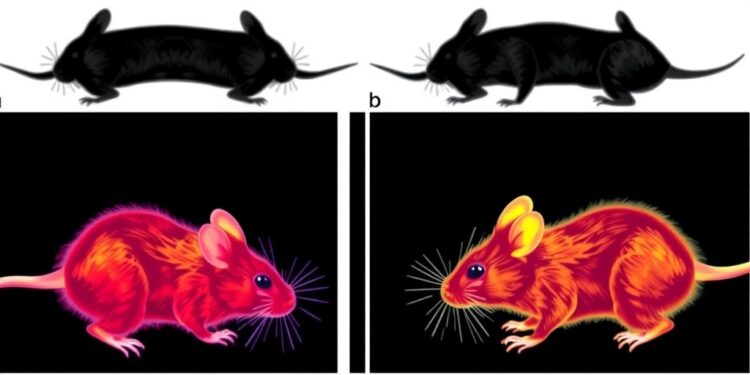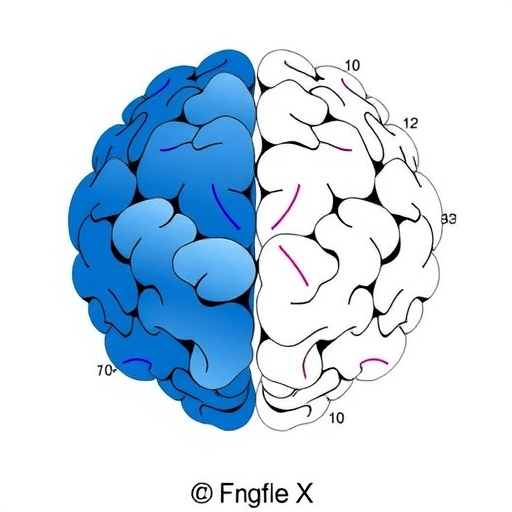Prion diseases, which include varied disorders such as Creutzfeldt-Jakob disease and fatal familial insomnia, are characterized by the accumulation of misfolded proteins in the brain, leading to progressive neurological decline and ultimately death. The Broad Institute researchers targeted the prion protein, which is instrumental to the onset and progression of these diseases. Their approach resulted in a reduction of prion protein levels in the brain by up to 60 percent, suggesting that modulation of this protein could provide an effective therapeutic strategy for future treatments.
The implications of this research could be far-reaching, offering hope not only to those genetically predisposed to prion diseases but also to patients who have already begun to exhibit symptoms. The novel base-editing technique, which allows for precise changes in the genetic code, holds promise as a one-time solution that could address various forms of prion disease, regardless of the underlying genetic mutations responsible for the affliction. This universality represents a significant leap forward in genetic medicine, as traditional therapies have often struggled to address the diverse origins of such diseases.
Sonia Vallabh and Eric Minikel, the principal investigators of this study, have been on a personal mission to combat prion diseases since Vallabh’s mother succumbed to fatal familial insomnia. Their unique perspective as patient advocates has infused their research with urgency and purpose. They emphasize the invaluable potential of base editing, which allows scientists to precisely alter specific DNA bases—essentially enabling the researchers to strategically ‘edit’ the genetic blueprint that contributes to disease manifestation.
The scientific journey that led to this breakthrough began as Vallabh and Minikel contemplated the application of CRISPR-Cas9 gene editing techniques in this context back in 2013. They hypothesized that disrupting the gene responsible for producing prion proteins could yield beneficial effects. However, it was not until 2018 that they forged a collaboration with renowned geneticist David Liu, who had recently pioneered base editing technology. Together, they envisioned using these cutting-edge tools to address prion diseases from a genetic angle—a strategy that was previously unimaginable when Vallabh first received her genetic test results.
A key challenge that the researchers faced was the effective delivery of the base-editing technology to the target brain cells. They successfully developed a pair of adeno-associated viruses (AAVs) to serve as the delivery vehicles, which package the necessary gene-editing components. Following the administration of these AAVs to mice afflicted with the human prion variant, the researchers observed remarkable results; the editing system was able to incorporate the protective R37X edit in nearly 37 percent of gene copies, drastically lowering prion protein levels and increasing the average lifespan of the treated mice.
In a subsequent enhancement of their delivery system, the team improved the editing efficiency and further reduced prion protein levels by 63 percent at a significantly lower dosage of AAVs. Such advances underline the continuous potential for optimizing gene-editing techniques, which could eventually lead to more refined and effective therapies. Moreover, the researchers are actively exploring the possibilities of combining base editing with other genetic tools, such as prime editing, to create even more nuanced therapeutic interventions.
The groundbreaking study has not only opened new avenues of research but also raised important questions about the ethical considerations surrounding gene editing technologies. As the scientific community continues to explore these potent tools, ongoing discussions about safety, accessibility, and implications for future generations will be essential.
From their humble beginnings, Vallabh and Minikel have transformed their tragic personal experiences into a deeply insightful scientific pursuit, gaining recognition and collaboration within the prestigious Broad Institute. As they work towards developing a promising gene-editing strategy, they are fueled by a commitment to preventing the suffering that prion diseases inflict on families across the globe. The excitement surrounding their work reflects a broader optimism regarding the future of genetic medicine, where each new discovery brings us one step closer to effective treatments for previously untreatable conditions.
As this promising research unfolds, the scientific community remains eager to see how base editing and similar technologies evolve, particularly in their capacity to affect real-world health challenges faced by individuals and families battling genetic diseases. With the right resources, support, and determination, Vallabh, Minikel, Liu, and their research team are poised to reshape the future of prion disease therapies and potentially influence broader approaches to genetic editing in medicine.
Subject of Research: Gene-Editing Treatment for Prion Disease
Article Title: In vivo base editing extends lifespan of a humanized mouse model of prion disease
News Publication Date: 14-Jan-2025
Web References: Nature Medicine
References: An M, Davis JR, et al. In vivo base editing extends lifespan of a humanized mouse model of prion disease. Nature Medicine. Online January 14, 2025. DOI: 10.1038/s41591-024-03466-w.
Image Credits: Broad Institute of MIT and Harvard
Keywords: Gene editing, Prions, Gene therapy, Neurodegenerative disease, Lifespan extension, Base editing, Genetic mutation, Gene delivery, AAVs, CRISPR technology, Therapeutic development, Genetic medicine





